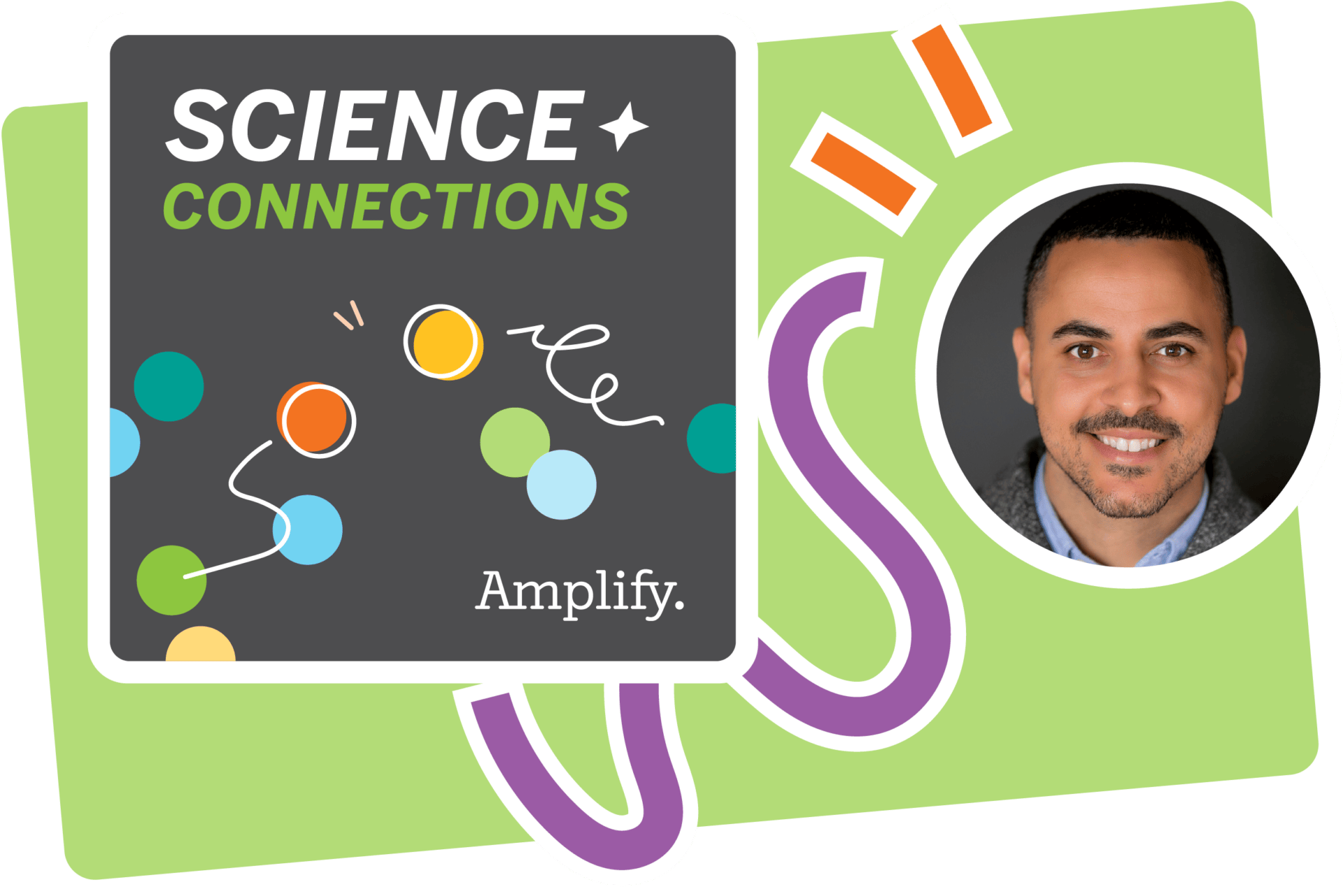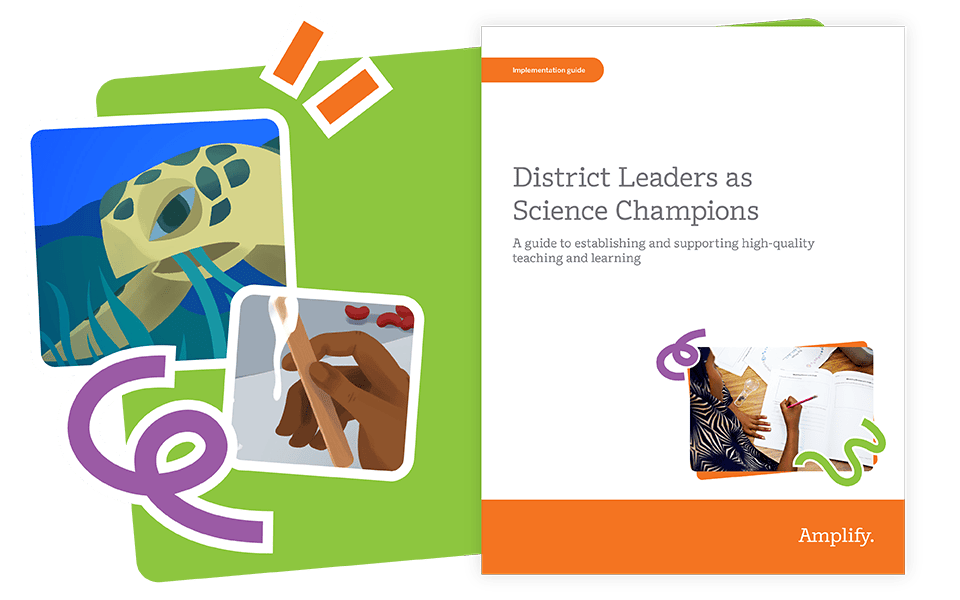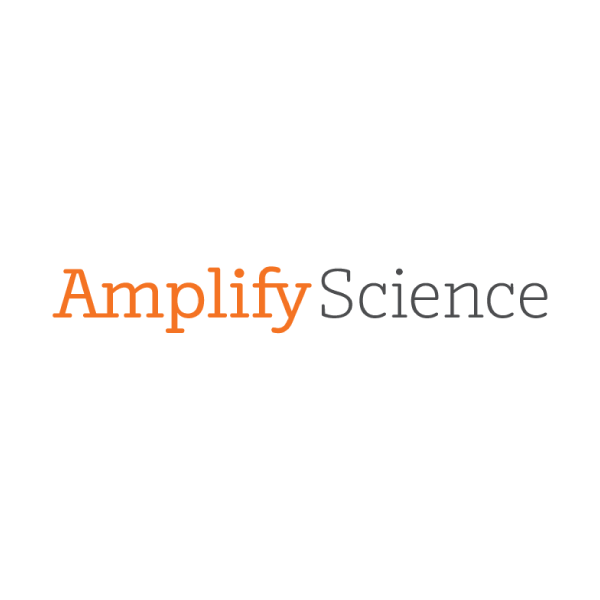
How can you create new science lesson plans, adjust assessments, and design labs using only objects kids have at home?
Just ask—ChatGPT, that is.
In this recent , Science Connections podcast host Eric Cross tackles the topic of ChatGPT for teachers, along with other specific AI tools that (when used with your existing standards-aligned curriculum) can help make teaching more efficient, targeted, and interactive.
AI for science can save teachers time, deepen ąú˛úÂ鶹ľçengagement, and inspire collaboration and creativity all around, says Science Connections podcast host Eric Cross.
Eric describes some of the many ways science teachers can use AI in the classroom—as both shortcut and partner. “We can use it for personalized learning,” he begins. “We can generate questions and give instant feedback. We can differentiate. We can support our ąú˛úÂ鶹ľçwith special learning needs. And that’s just a start. The more you use it to collaborate with other educators, the more fun it becomes.”
Generative artificial intelligence 101
There are a lot of AI tools out there, but the new one is generative AI. As Eric explains, the difference is that generative AI—unlike, say, AI that gives you driving directions—creates something that didn’t exist before: text, images, music, and, yes, new science experiences for the classroom.
As with any technology, the practically infinite uses and applications of AI raise important questions about accuracy, equity, biases, and more. In this webinar, though, we focus only on AI’s practical uses for science teachers.
Generative AI relies on and responds to prompts.
“You’re telling it to do something and it communicates back to you in human language. The way you craft your prompts determines your output, so the better your prompt is, the better your output.”
Let’s see what AI has produced for Eric as a science educator, and the kind of prompts he’s used to get there.
How science teachers can use AI to prepare and engage
Teachers can use generative AI to create personalized learning materials, generate more practice questions, and explain topics at any level and depth.
In this webinar, Eric focuses on the AI tools that have given him the most mileage as an educator and that he thinks can provide the most value for others.
These include:
- Modifying assessments when ąú˛úÂ鶹ľçhave used all the ones that a curriculum provides. A sample prompt: “You are a science teacher creating an assessment for middle school students. I will upload an assessment. Please recreate it in a similar tone and voice as the original with a similar level of rigor.” Response: Brand-new multiple-choice and written questions on the same topics, all adhering to the same NGSS. With a little more back and forth, Eric will have the exact number, style, and focus of questions that he needs—along with an answer key.
- Creating relevant, accessible lab ideas. Eric prompts AI for lab and hands-on project ideas to fit exact specs: topic, grade level, desired outcome, and objects found in a typical classroom or home. Result: Hands-on activity ideas ąú˛úÂ鶹ľçcan do at home, like exploring lung capacity with a balloon and a ruler (delivered by AI complete with full supply lists, instructions, and more).
- Helping ąú˛úÂ鶹ľçconnect. To support a ąú˛úÂ鶹ľçwho’s stuck, you might prompt the AI by saying: “I’m a fifth grader and my teacher is talking about claim evidence reasoning and I don’t really understand it. Can you explain it to me in a way that would help me? And then: “Now can you help me explain it to my mom, but in Spanish?”
Eric also uses AI to interpret graphs, collate ąú˛úÂ鶹ľçdata, build graphic organizers, create science games, and more.
Is everything AI provides him flawless and 100% accurate? No, says Eric. “You have to vet, and it helps to have a high-quality curriculum already in place. But it gets me 80 to 90% there—and that’s pretty good.”
More to explore
- Hear more about AI from Eric and fellow educators Donnie Piercey and Jennifer Roberts in Science Connections, Season 3, Episode 4: Using AI and ChatGPT in the science classroom
- Science Connections podcast

